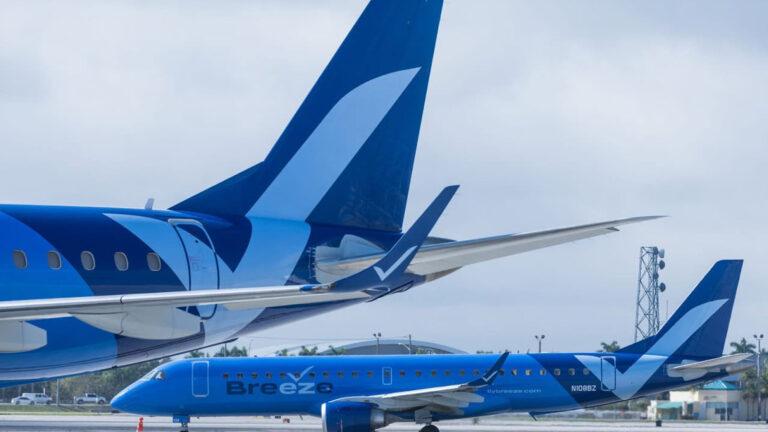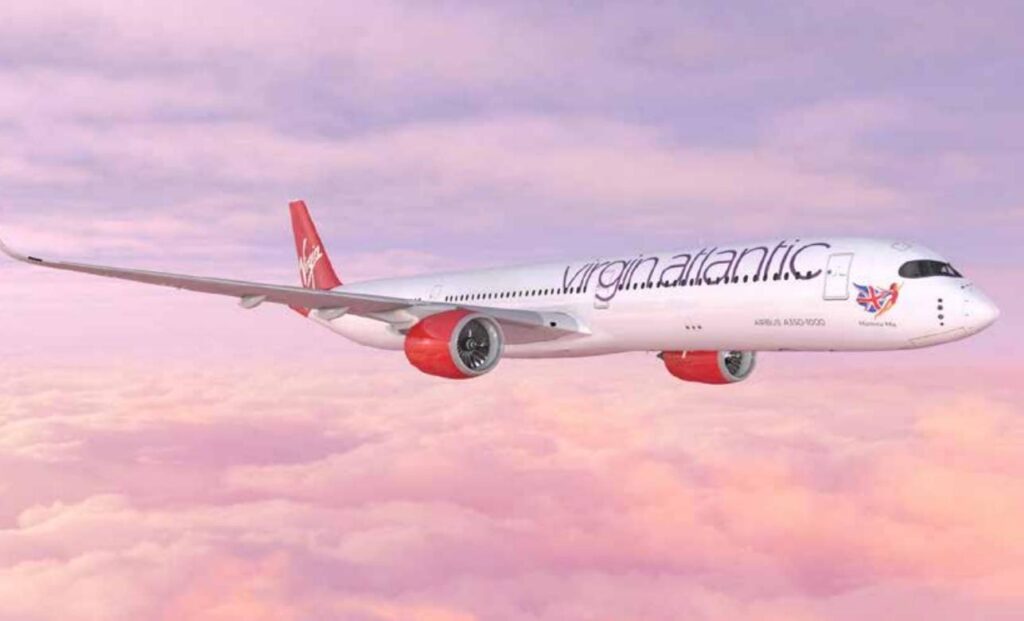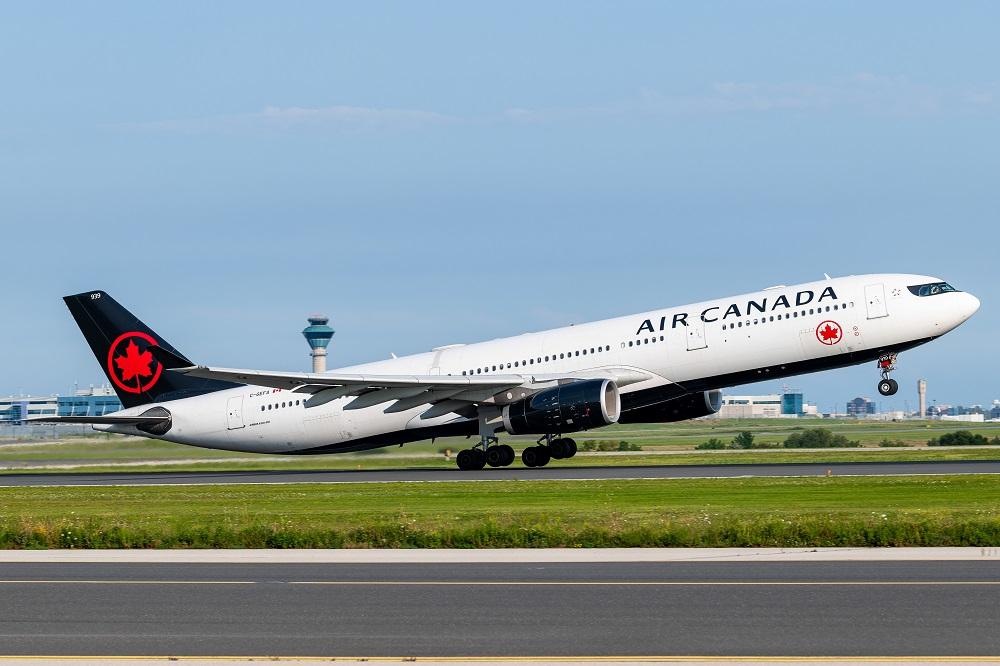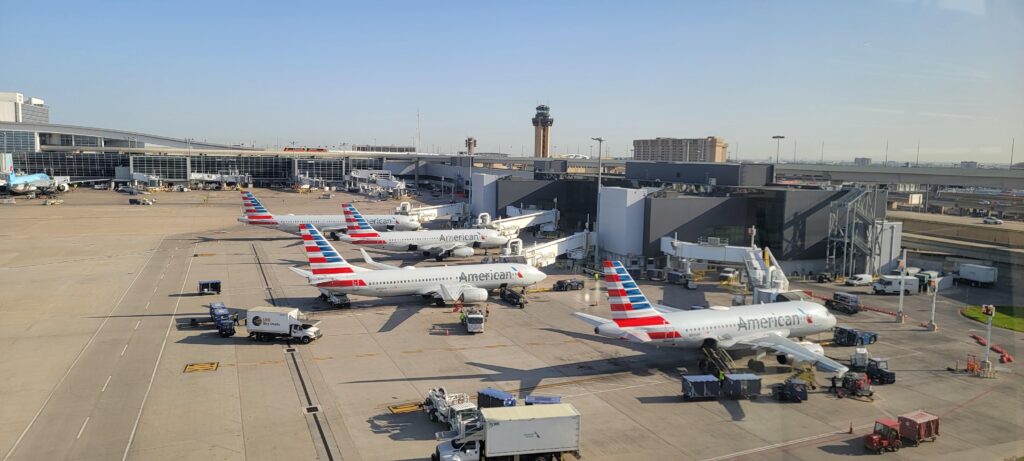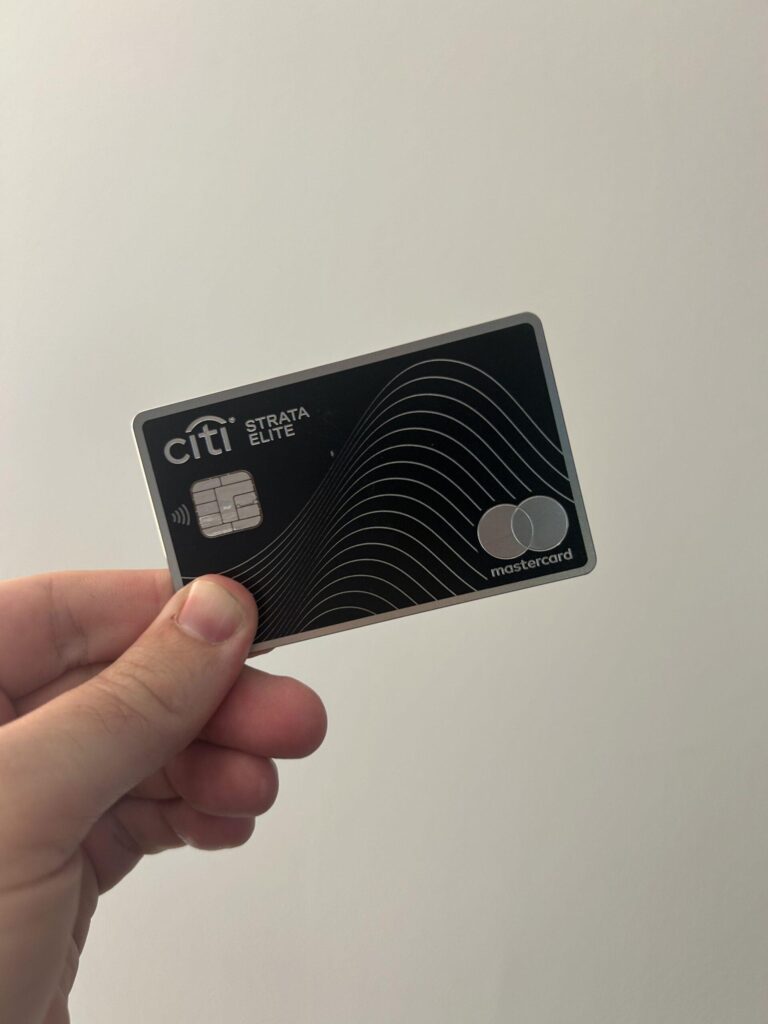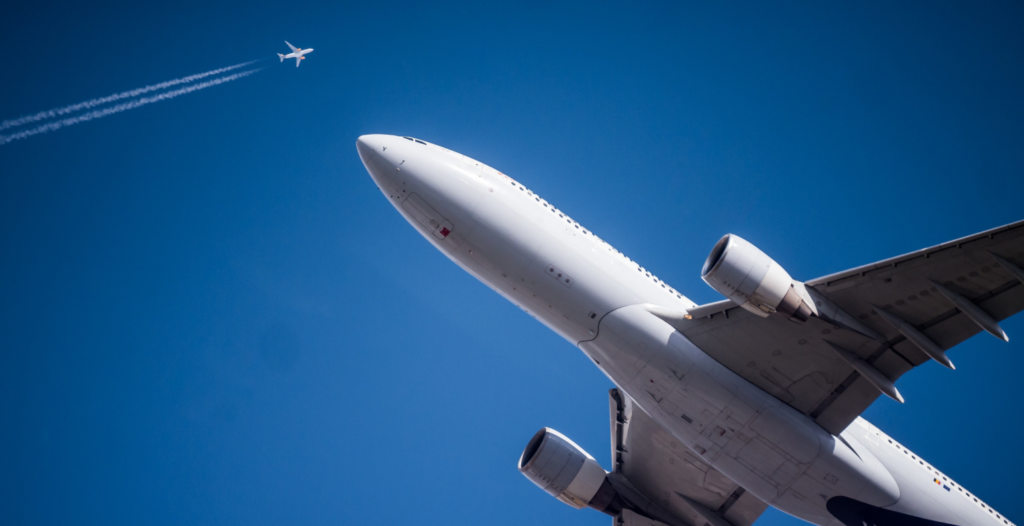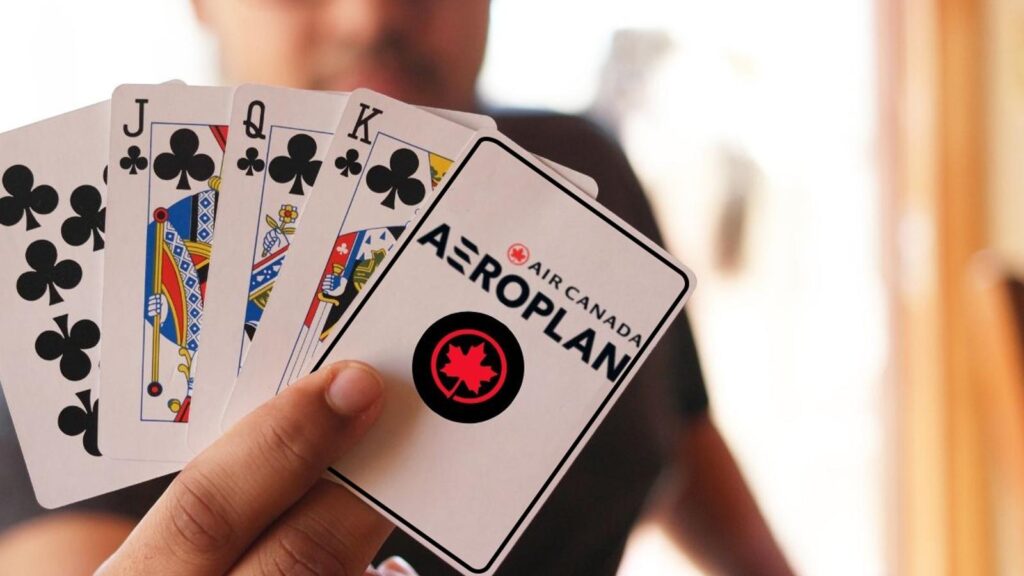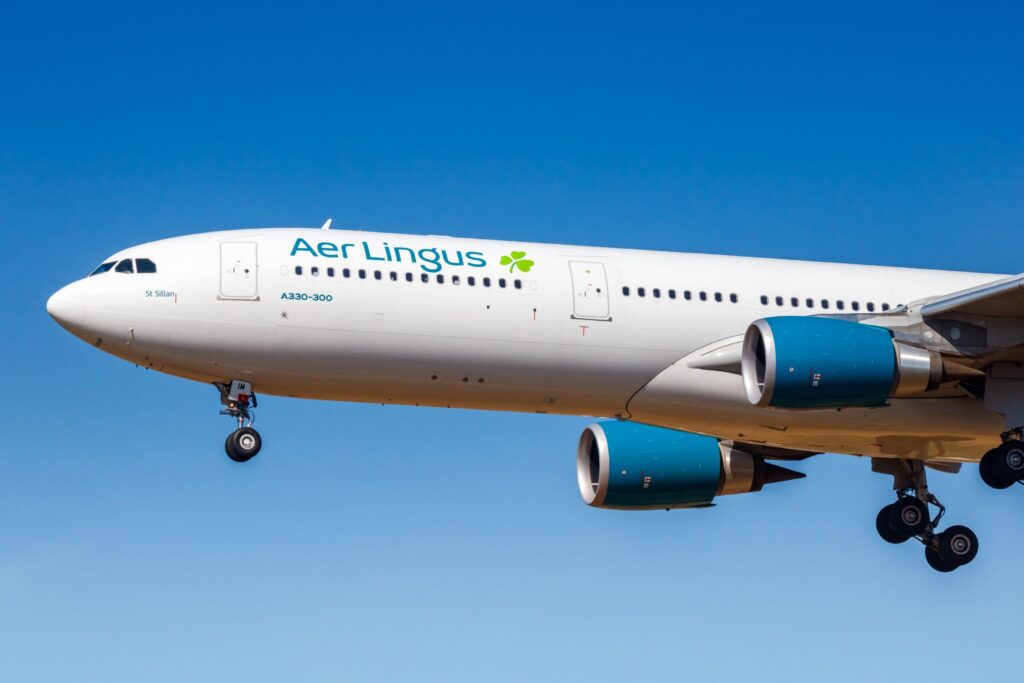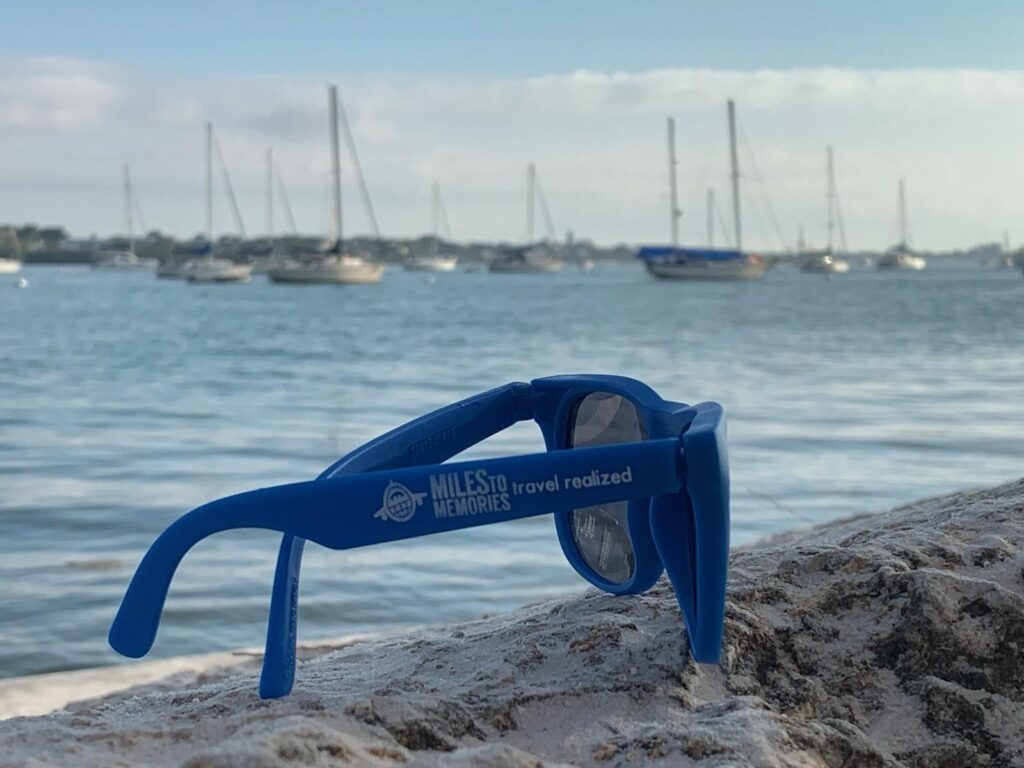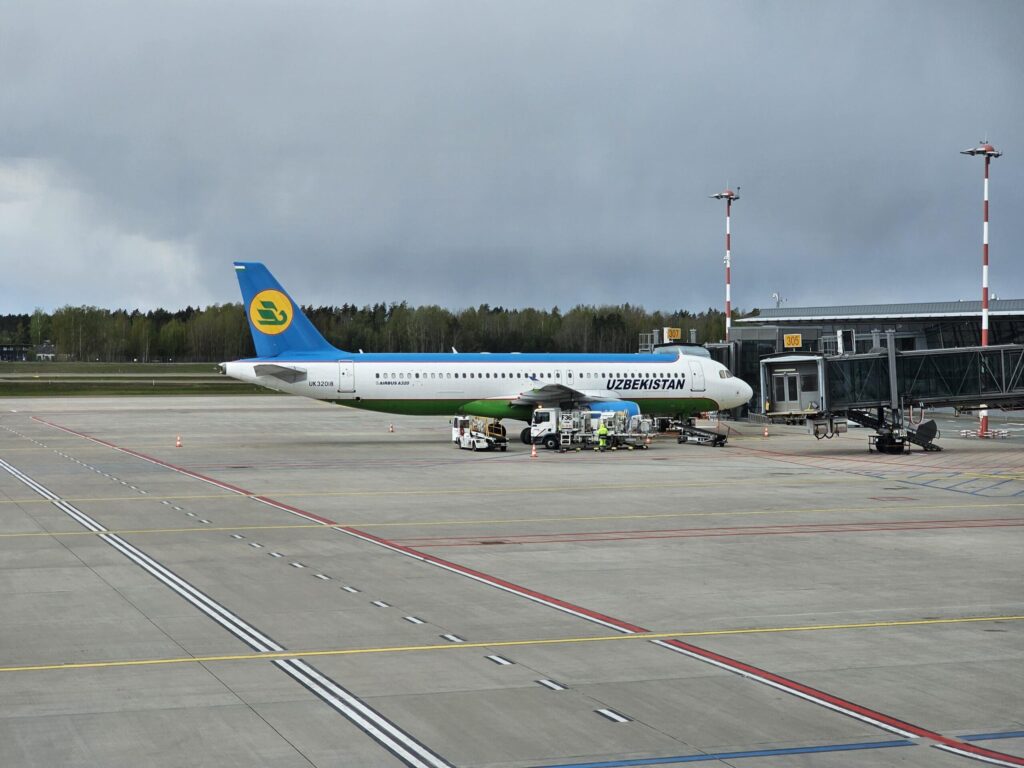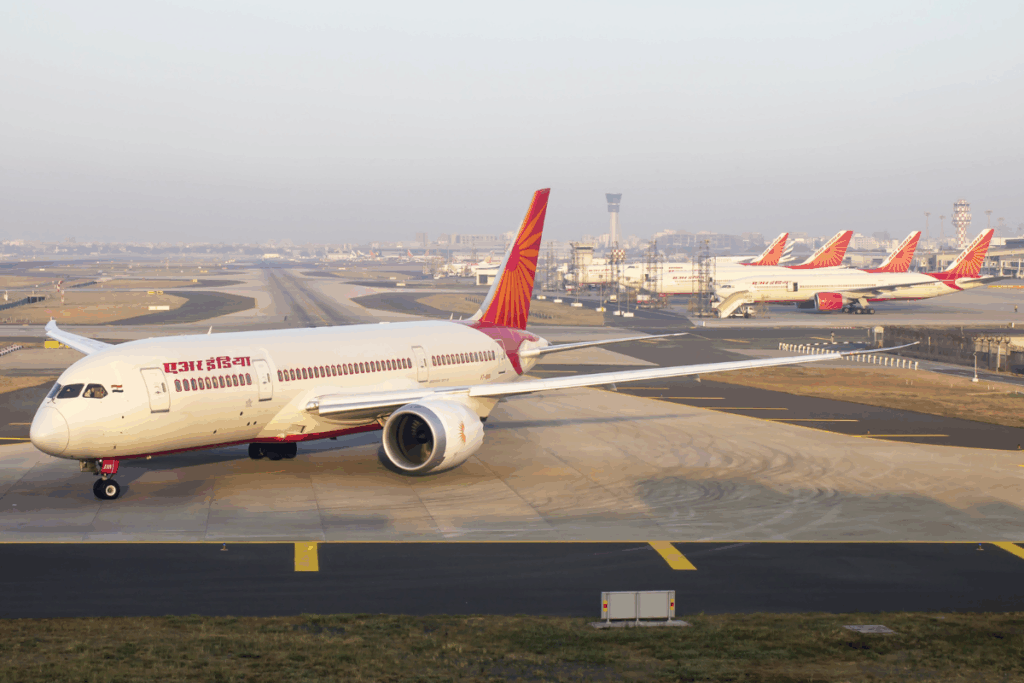
Score Elite Perks with a BOS-PVD Mileage Run on Victory Day 2025
I’ve always been fascinated by how a single short-haul flight can tip the scales on earning elite status. Victory Day 2025 seems to present just such an opportunity for grabbing those last few qualifying credits, especially when you know where to look. Over the years, I’ve followed countless stories of travelers booking quick, back-to-back segments to clinch top-tier perks—and now, the Boston (BOS) to Providence (PVD) route stands out as a prime candidate for a mileage run.
What Is a Mileage Run?

A mileage run is essentially booking flights with the primary goal of racking up miles or segments to attain or maintain airline elite status. I’ve observed frequent flyers go to impressive lengths—sometimes taking redeye flights or turning entire weekends into “airport hopping”—all for those valuable qualifying credits. Although many airlines have shifted to revenue-based earning, the mileage run hasn’t disappeared. Instead, it has evolved with creative strategies such as pairing short flights with premium cabin fares or strategic credit card usage.
According to 2024 data from the U.S. Department of Transportation, short-haul routes have seen a slight decline in passenger traffic, partly due to increased environmental awareness. However, for those set on earning perks like complimentary upgrades, lounge access, and priority boarding, short distance flights can still offer tremendous value—particularly if ticket prices remain low. In my experience, the real trick is to weigh any potential cost savings against the time and effort involved. If a route is under an hour, that might be the sweet spot for a quick mileage boost.
I’ve even come across flyers who combine these runs with a leisure component—spend a few hours enjoying a new city, sample a local coffee shop or museum, and then hop back on the flight. By turning a mileage run into a mini-adventure, it can feel less like a chore and more like a clever travel hack.
Victory Day 2025 and BOS-PVD: The Perfect Match

Victory Day, observed by some regions in New England, provides a three-day weekend for many, and that’s exactly when eye-popping fares sometimes appear. The mere proximity of Boston and Providence—less than 50 miles apart—creates one of the most intriguing short-haul flights in the United States. Cleveland to Detroit? That’s old news. BOS to PVD? Now we’re talking about a literal half-hour jump, under ideal traffic conditions by car—yet still recognized as a valid airline route.
I’ve tracked holiday weekends for years, and I often find that carriers try to fill seats with flash sales, especially if they anticipate low passenger counts. This could be the perfect timing to snatch multiple round-trip fares for the cost of a single cross-country flight. Still, you’ll want to keep your eyes on schedule changes; short routes can be cut or consolidated on a whim. In my own travel planning, I tend to check flight trackers daily for any fluctuation in availability.
Some might raise environmental concerns about flying such a short distance. I’ve seen lively debates where fellow travelers question the impact of short-haul flights on carbon emissions. While there’s no denying these critiques, many carriers now participate in offset programs or push more fuel-efficient aircraft. Ultimately, it’s a personal choice whether to take advantage of such a route for earning status. My recommendation is to stay informed and see if your airline offers carbon offset options as a way to responsibly balance your mileage run.
Airline Programs: Alaska, Aeroplan, Delta, and More

Airlines approach elite qualification very differently, and knowing the nuances can help you maximize every mile. Alaska Airlines remains one of the more distance-based programs around, so short hops can still generate decent Elite Qualifying Miles (EQMs)—although saver fare classes may earn only partial credit. I’ve spoken with travelers who accumulate elite status faster with Alaska by alternating cheap short-haul flights and occasional first-class purchases, balancing cost with higher mileage earning rates.
Aeroplan, meanwhile, often shines for folks who focus on segment-based rewards. Based on numerous trip reports I’ve read, short segments still count as one full flight, potentially speeding up your path to Star Alliance Gold. Bear in mind that these strategies only pay off if you have enough future travel planned to actually capitalize on the perks—like lounge access or priority checks. A recent study suggests that nearly 60% of travelers who achieve mid-tier or higher status report greater satisfaction with the flying experience overall.
On the other hand, Delta looks more closely at Medallion Qualifying Dollars (MQDs), and I’ve noticed that a mileage run can sometimes nudge you closer, especially if there’s a premium class fare on sale. Then there’s the credit card angle: many frequent flyers credit their success to large sign-up bonuses or reaching annual spend thresholds on co-branded cards. I recall reading how some flyers will knock out a small mileage run simply to round out their MQD requirements if the credit card spend alone isn’t enough. In all cases, keep an eye on each airline’s terms and do some quick math to confirm whether the run makes sense for your budget.
Maximizing Value: Tips and Final Thoughts

When planning a mileage run, I always tell people to do the legwork—literally and figuratively. First, calculate the actual cost per mile or segment. If you’re looking at $49 for a one-way BOS-PVD ticket that nets you a couple hundred miles, then weigh that against your status goals. If you’re a segment runner, a few short hops might be the key to unlocking higher-level benefits like bonus redeemable miles, reduced or waived fees, or those seat upgrades we all love.
Don’t forget about incidentals. Are you booking last-minute hotels, or do you have to take a train or ride-share between layovers? I’ve found myself missing out on the “cheap” part of cheap flights when I factor in all the extra expenses. Also, consider your time. If you have a hectic job or family commitments, stacking multiple flights in tight windows can add stress you may not want.
Finally, check if your airline offers additional promos. I’ve seen carriers run double or triple miles promotions around holidays to drive bookings. A perfect example: One Alaska promotion last fall doubled flight credits on short hauls, making short segments a powerhouse for qualification. Keep an eye on announcements, and you might luck into an added bonus just for flying within specific dates.
Final Thoughts

The allure of a mileage run is stronger than ever, especially if you’re just shy of the next elite tier. Victory Day 2025 offers a unique window where the BOS-PVD route can turn into a gold mine for accumulating miles or segments with minimal cost. Even if you can’t resist the charm of longer flights—like hopping cross-country for that extra boost—these short-haul gems are worth your attention.
In my view, the key lies in a careful balance: weigh the investment of money, time, and effort against the potential return. Whether you’re looking for that one last upgrade or aiming to breeze through airport lines for the rest of the year, a well-planned mileage run could be the deciding factor in elevating your travel experience.
Sky Skylar’s Take
I’ve read so many stories about travelers who turn these flight hops into near-surgical strikes for status, and I continue to be amazed by the ingenuity. If there’s one constant in modern travel, it’s that the rules shift often—so I admire anyone able to bend them (ethically) to their advantage.
Observing how the frequent flyer community adapts is half the fun. Every time a route or promotion changes, people discover clever workarounds. That’s the spirit of strategic travel: always be on the lookout for the next opportunity.


